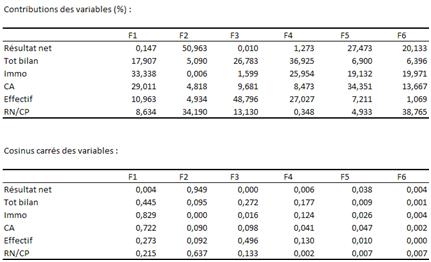
The findings reveal that the fatal cases in India could rise from 151,174 to 157,179 within one month with an average of 190 death reports every day. Utilizing this model, we estimated the propagation rate of deceased cases for the next month. The major findings show that the best predictor model for anticipating the frequency of deceased cases in India is ARIMA (5,2,0). The paper provides a comparative study of six machine learning algorithms namely SMOreg, Random Forest, lBk, Gaussian Process, Linear Regression, and Autoregressive Integrated Moving Average (ARIMA) in forecasting deceased COVID 19 cases, via the data mining tool such as Weka and R. The data has been extracted from the API provided by and covers up the time period from 30th January 2020 when the first case occurred in India till 13th January 2021. This paper studies the impact of pandemic and predicts the anticipated casualty rise in India. The pandemic has created an unprecedented global health emergency since World War II.
#Xlstat spearman series
In all cases the approach learns its own way of decomposing and describing time series and easily adapts to very different courses.ĬOVID-19 has spread around the world since it begun in December 2019. Tests on a new energy supply dataset show interesting results in terms of unsupervised time series analysis and decomposition, while the trajectories always remain fully interpretable. Afterwards we use transfer learning to apply the network on the M4 benchmark dataset and gain suitable reconstructions on certain forecasters over multiple horizons without any significant loss of performance. To underline the performance and its fast capability of adaption, we first perform a pretraining task on synthetic data. The approach bears some intended similarities to well known approaches from natural language processing and machine translation where first a sparse representation of words is learned and second these sparse representations are stored in a bag-of-words or embeddings.



Specifically, the latent space encoding represents a set of parameters for the bag of functions as well as a top-k distribution that selects the functions most likely to represent the data sequence. Particularly, by means of deep neural networks, we define a latent space of multivariate time series data as the parameterization for a bag of multivariate functions. In this work we consider the problem of analyzing and predicting time series data using a Bag-of-Functions approach by a self supervised autoencoder.


 0 kommentar(er)
0 kommentar(er)
